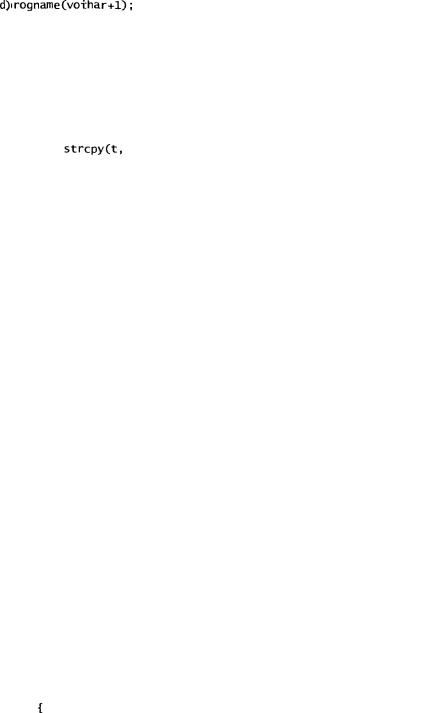
The Practice of Programming - B. W. Kernighan, Rob Pike
.pdf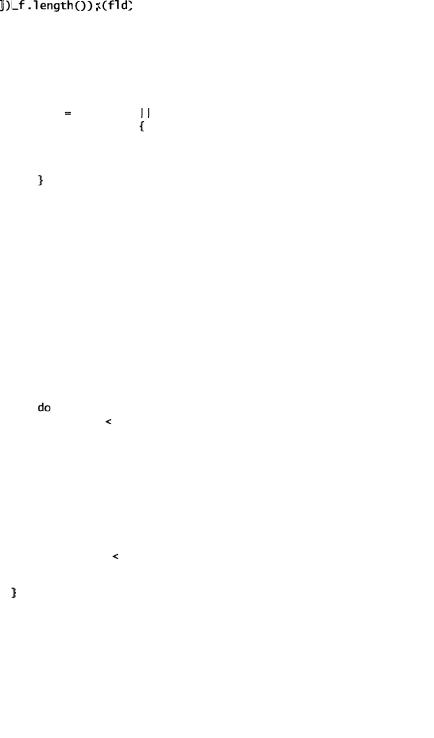
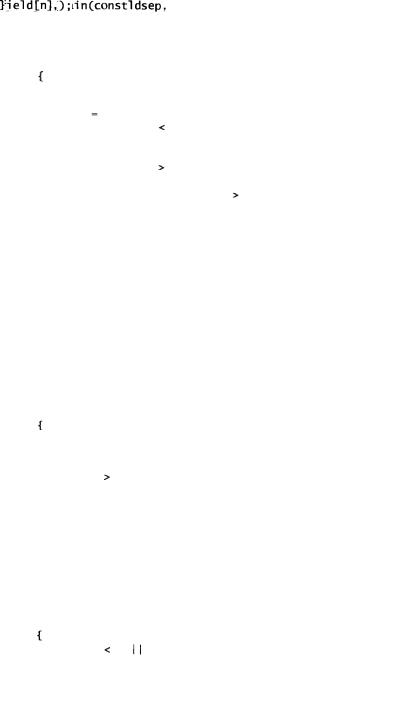
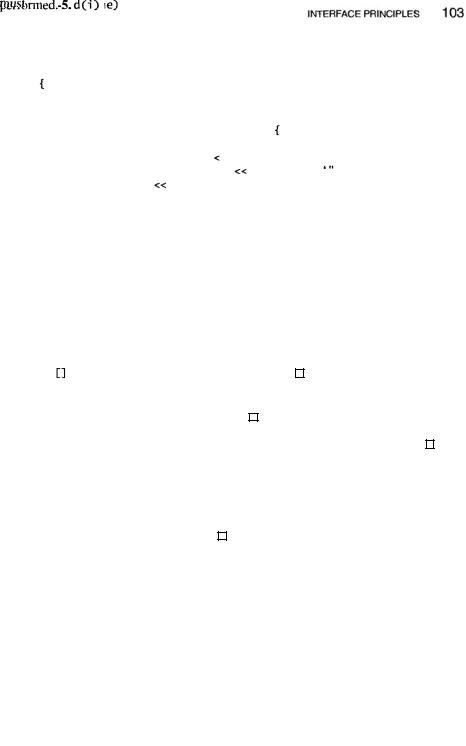
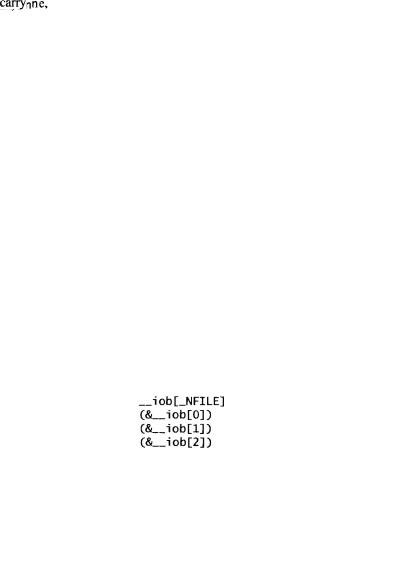
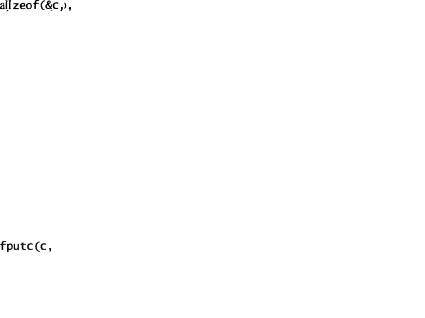

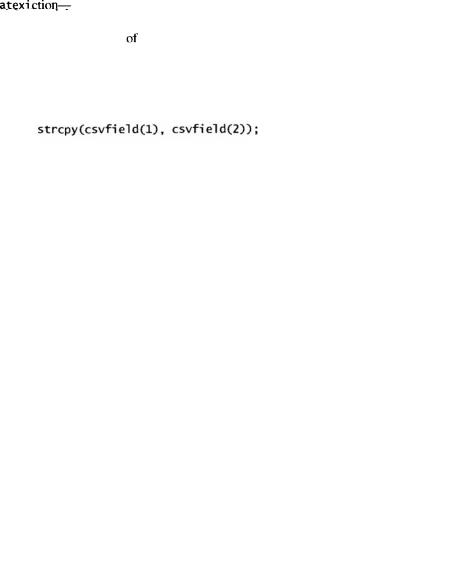

108 INTERFACES CHAPTER 4
a resource be responsible for freeing it. Another way of saying this is that the allocation state of a resource should not change acmss the interface. Our CSV libraries read data from files that have already been opened, so they leave them open when they are done. The caller of the library needs to close the files.
C++ constructors and destructors help enforce this rule. When a class instance goes out of scope or is explicitly destroyed, the destructor is called; it can flush buffers, recover memory, reset values, and do whatever else is necessary. Java does not provide an equivalent mechanism. Although it is possible to define a finalization method for a class, there is no assurance that it will run at all, let alone at a particular time, so cleanup actions cannot be guaranteed to occur, although it is often reasonable to assume they will.
Java does provide considerable help with memory management because it has built-in garbage collection. As a program runs, it allocates new objects. There is no way to deallocate them explicitly, but the run-time system keeps track of which objects are still in use and which are not, and periodically returns unused ones to the available memory pool.
There are a variety of techniques for garbage collection. Some schemes keep track of the number of uses of each object, its reference count, and free an object when its reference count goes to zero. This technique can be used explicitly in C and C++ to manage shared objects. Other algorithms periodically follow a trail from the allocation pool to all referenced objects. Objects that are found this way are still in use; objects that are not referred to by any other object are not in use and can be reclaimed.
The existence of automatic garbage collection does not mean that there are no memory-management issues in a design. We still have to determine whether interfaces return references to shared objects or copies of them, and this affects the entire program. Nor is garbage collection free-there is overhead to maintain information and to reclaim unused memory, and collection may happen at unpredictable times.
All of these problems become more complicated if a library is to be used in an environment where more than one thread of control can be executing its routines at the same time, as in a multi-threaded Java program.
To avoid problems, it is necessary to write code that is reentrant, which means that it works regardless of the number of simultaneous executions. Reentrant code will avoid global variables, static local variables, and any other variable that could be modified while another thread is using it. The key to good multi-thread design is to separate the components so they share nothing except through well-defined interfaces. Libraries that inadvertently expose variables to sharing destroy the model. (In a multi-thread program, s t r t o k is a disaster, as are other functions in the C library that store values in internal static memory.) If variables might be shared, they must be protected by some kind of locking mechanism to ensure that only one thread at a time accesses them. Classes are a big help here because they provide a focus for discussing sharing and locking models. Synchronized methods in Java provide a way for one thread to lock an entire class or instance of a class against simultaneous modifica-

